Shows the balance between “bad” LDL and “good” HDL cholesterol to help frame heart health.
Securely stored in EU
Cancel anytime
Test 100+ biomarkers
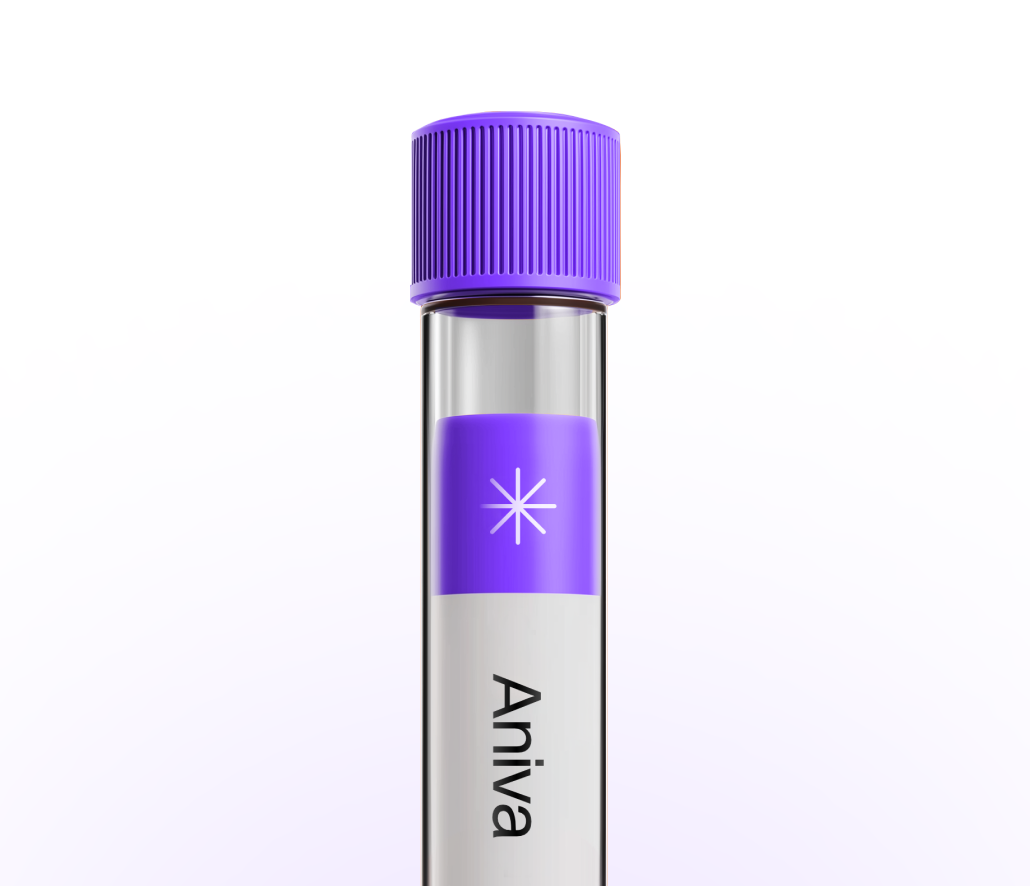
Less than 5 minutes waiting time. One
simple test at one of our 20+ locations.
Get your lab reports within one week.
Accessible on our app and per PDF.
All your health records stored
in a single, convenient place.

Clinicians sometimes use the LDL/HDL ratio to view the balance of cholesterol types alongside a standard lipid panel. It can help track lifestyle or therapy progress and add context to heart health discussions. It is not a primary treatment target; plans usually focus on LDL-C, non-HDL-C, and your overall risk factors. You can test this marker with Aniva across Germany and Finland.
Clinicians sometimes use the LDL/HDL ratio to view the balance of cholesterol types alongside a standard lipid panel. It can help track lifestyle or therapy progress and add context to heart health discussions. It is not a primary treatment target; plans usually focus on LDL-C, non-HDL-C, and your overall risk factors. You can test this marker with Aniva across Germany and Finland.
High: Suggests more LDL relative to HDL, a less favorable balance. Review your full lipid panel (LDL-C, non-HDL-C, ApoB) and consider heart-healthy habits.
Low: Suggests a more favorable balance. Keep up healthy habits and interpret alongside overall risk. Trends over time are most useful; confirm unexpected changes with a repeat test.
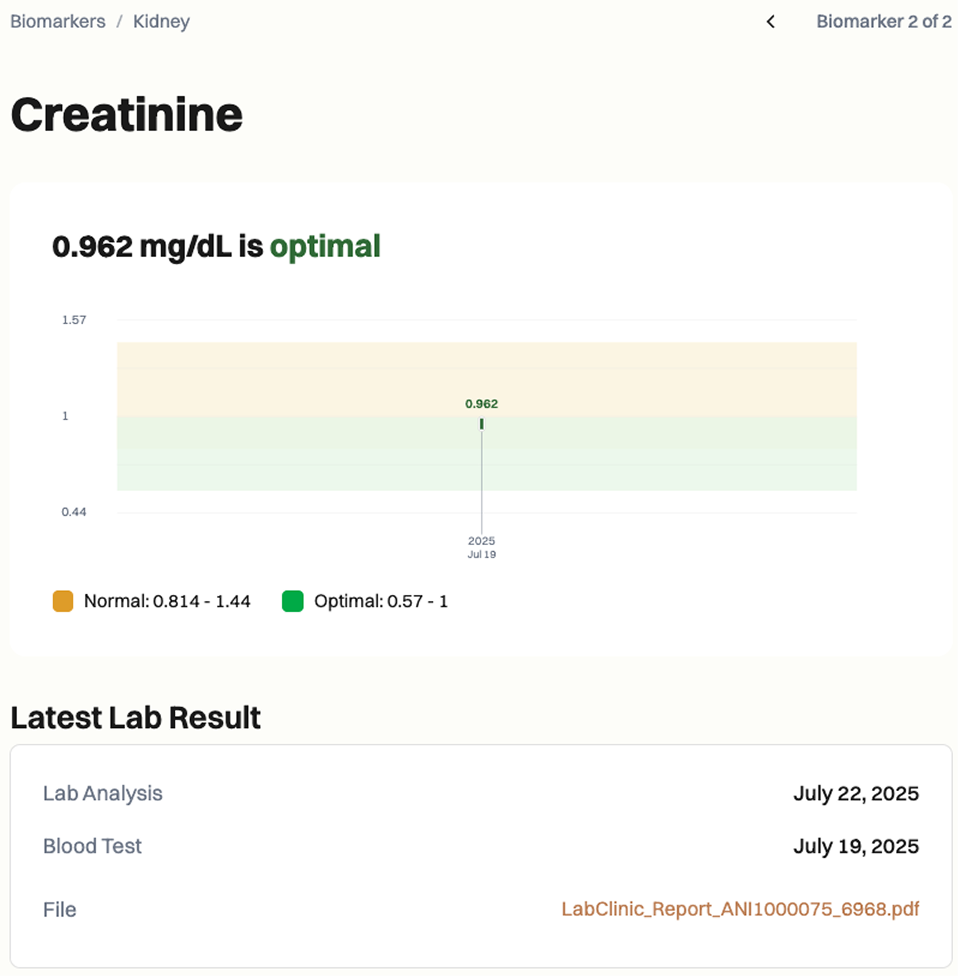
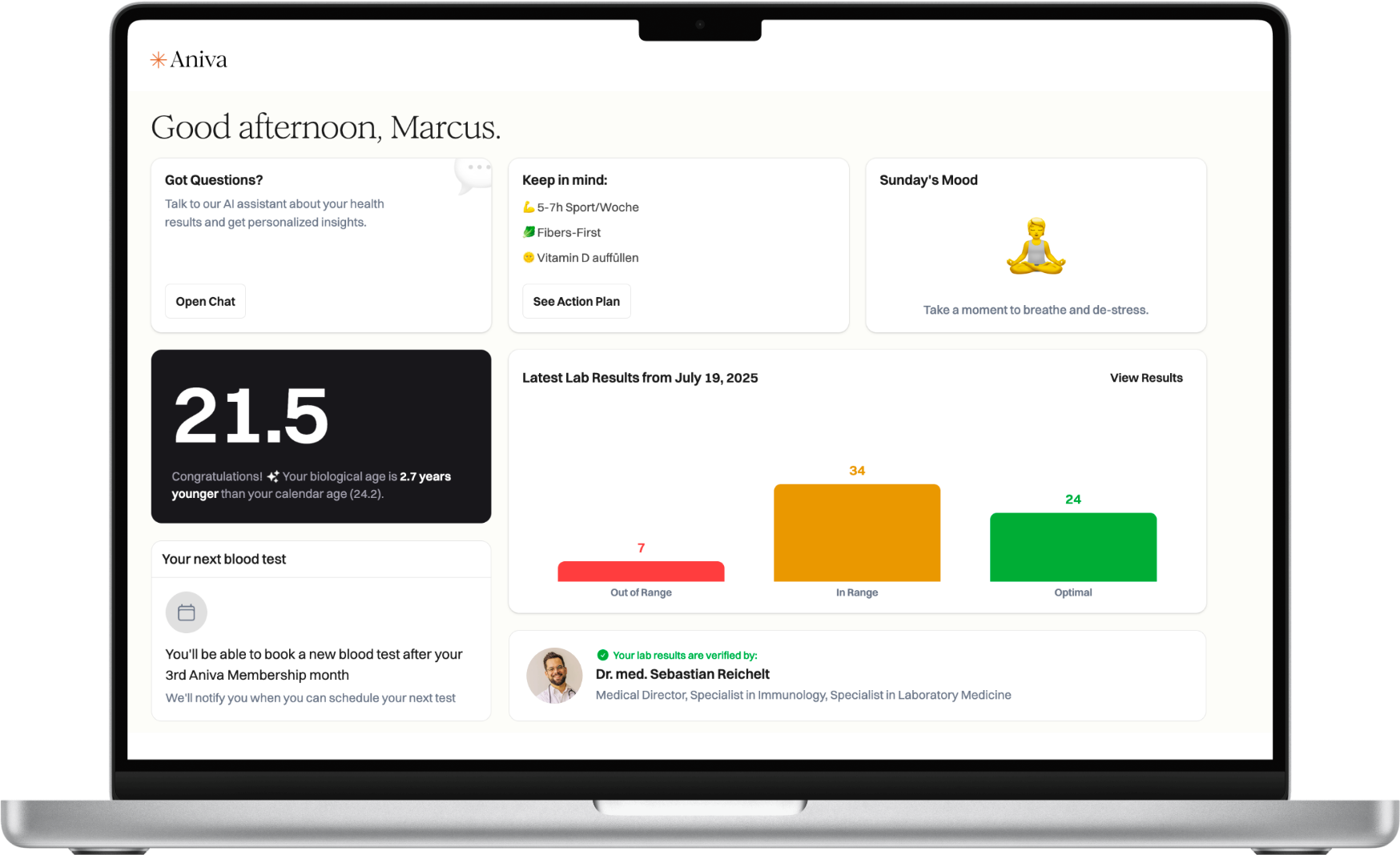
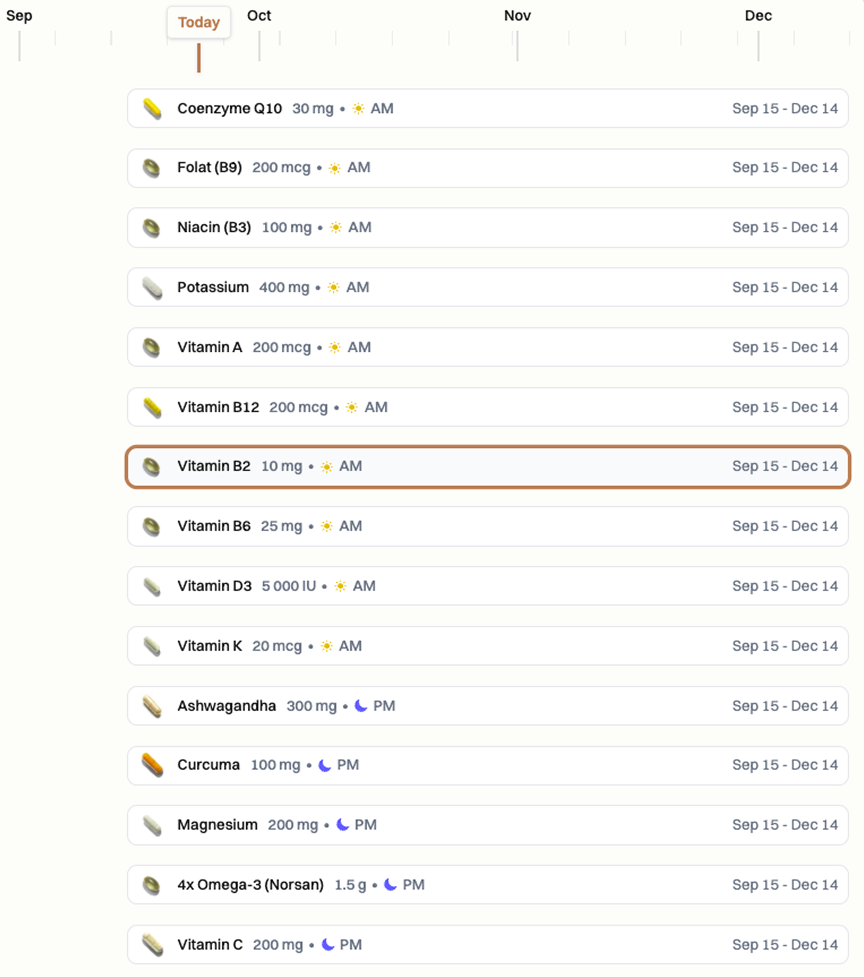
Common factors that can skew results include recent heavy meals or alcohol, acute illness, strenuous exercise, dehydration, pregnancy, and major weight changes. Medicines such as statins, ezetimibe, PCSK9 inhibitors, fibrates, and niacin, and supplements like fish oil or plant sterols can shift LDL, HDL, and triglycerides. Try to test when you are well and keep preparation similar between tests.
Special situations: If you are pregnant, recently ill, or starting/changing lipid-lowering therapy, confirm results or adjust timing with your clinician.
What does my LDL/HDL ratio mean? A higher ratio suggests more LDL relative to HDL, which is less favorable. A lower ratio suggests a more favorable balance; always interpret with your full lipid panel.
Do I need to fast for this test? Fasting is usually not required, but follow your lab’s instructions. Keeping the same preparation each time helps compare results.
What can affect the result? Recent fatty meals, alcohol, illness, hard workouts, dehydration, pregnancy, and medicines or supplements that change lipids can all shift the ratio.
How often should I check it? Many people check along with routine cholesterol tests. Your clinician may suggest a repeat after lifestyle changes or medication adjustments.
How long do results take? Most labs report within a few business days. Timing can vary by location and workload.
What should I discuss with my clinician? Talk about LDL-C, non-HDL-C, and ApoB, your overall risk, and simple steps to improve heart health.

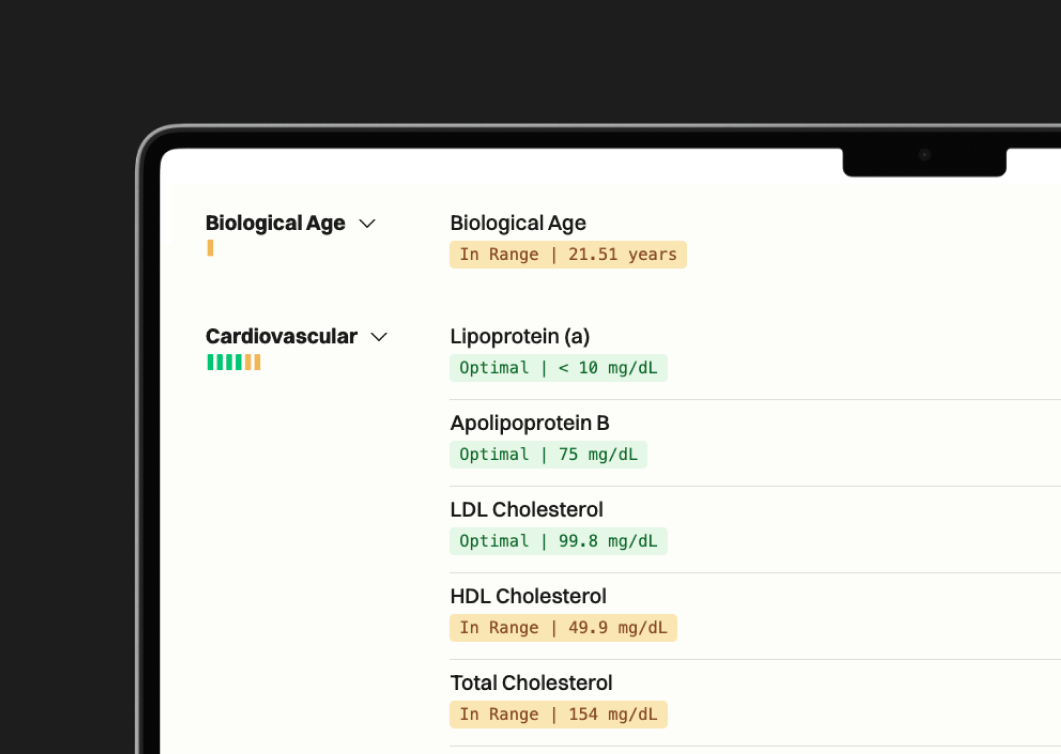
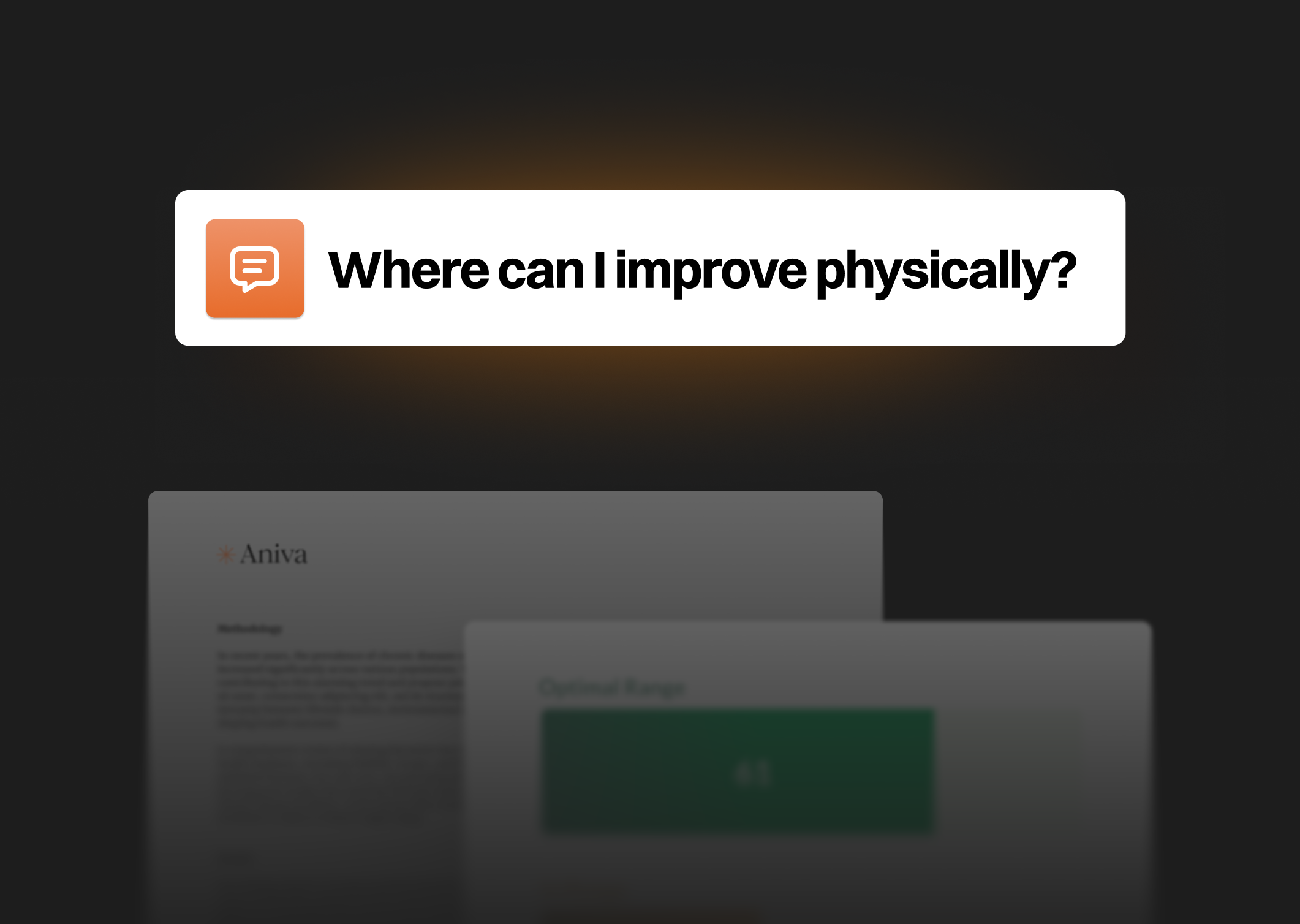
One annual blood test (100+ biomarkers)
Clinician-reviewed insights
Personalized action plan
Access to our AI Concierge
Access to curated products


63%
44%
70%